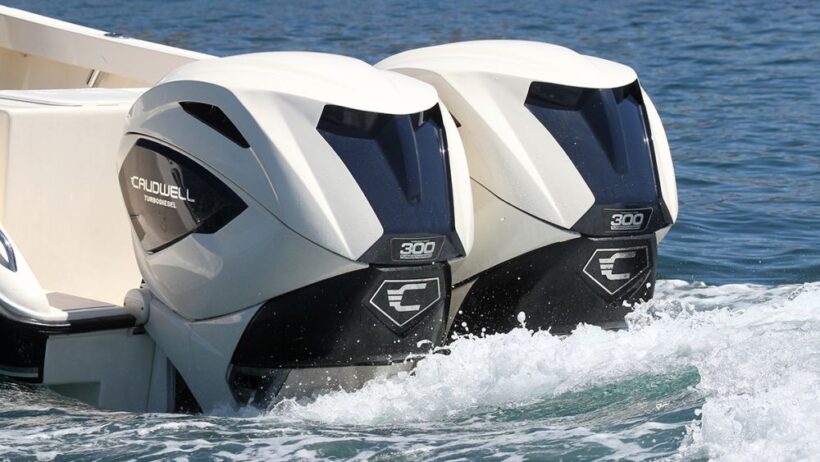A critical maintenance activity that guarantees the longevity and performance of your marine outboard engine is winterizing it. With the onset of winter, your engine and its components are at danger of suffering serious harm from the possibility of freezing temperatures. You can protect your outboard motor from problems and save money on repairs when boating season resumes by giving your outboard engine the correct winterization. This thorough manual will cover all the information you require to preserve your investment as we bring you through the process of winterizing your marine outboard motor step by step.
Understanding the need of winterization is crucial before getting into its intricacies. Water that has been trapped in the cooling system and other parts may freeze during the winter, causing expansion and possible damage. Additionally, gasoline deterioration can result in blocked carburettors and fuel lines. You may avoid these problems and lengthen your engine’s lifespan by winterizing your marine outboard motor. When the parts aren’t easily available you can go with used outboard parts because that is also better than doing nothing every winter.
Your marine outboard engine’s overall performance and lifetime may suffer if you don’t winterize it, in addition to many other possible problems. Here are a few negative effects of neglecting to winterize your marine outboard motor:
1. Freezing Damage
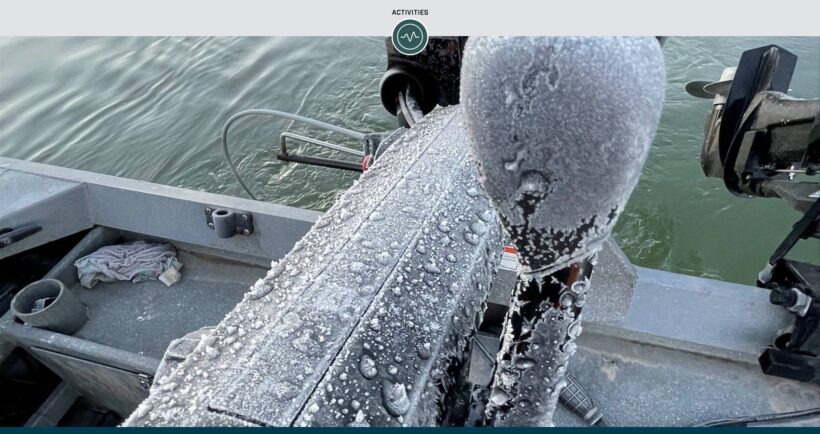
Freezing damage is one of the biggest dangers of not winterizing. During cold weather, water that has been left in the cooling system and other components may freeze. Water expands as it freezes, which may cause engine blocks, cylinder heads, and other crucial parts to shatter. These damaged components can be expensive and time-consuming to repair or replace.
2. Corrosion
The interior components of the engine may corrode as a result of moisture in the engine. Corrosion can reduce an engine’s effectiveness and performance and increase the risk of critical engine parts failing before their time.
3. Fuel Deterioration
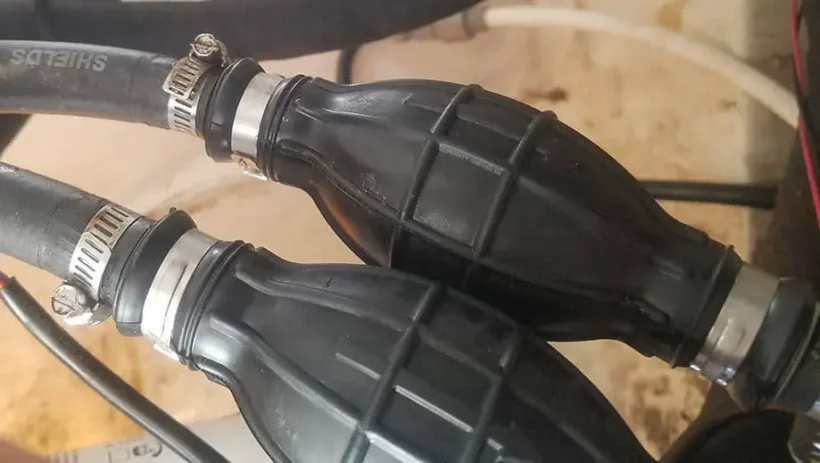
During the winter, fuel can degrade if it is kept untreated and outside. Clogged fuel lines, carburettors, and injectors from deteriorated gasoline might result in subpar engine performance and trouble starting the engine.
4. Gum and Varnish Formation
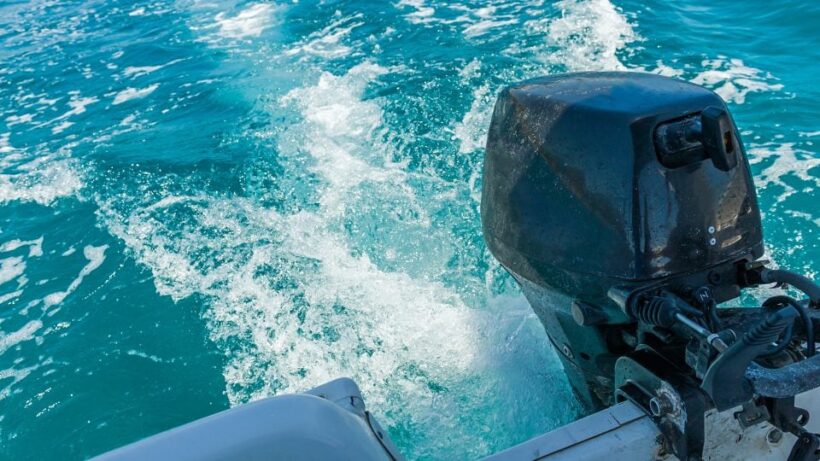
Fuel deposits such as varnish and gum can accumulate in the fuel system if gasoline is not stabilised before storage. These buildups may impede gasoline passageways, impairing fuel flow and impairing engine performance.
Here are the initial procedures and tools you need to do this task properly once we’ve established why you should winterize your marine outboard motor and what will happen if you don’t:
- Fuel stabilizer
- Fogging oil
- Lower unit gear oil
- Lubricant for moving parts
- Water flushing attachment
- Oil extractor or pump
- Antifreeze (non-toxic, safe for marine engines)
- Spark plug wrench
- Screwdrivers
- Cleaning brushes
- Safety goggles and gloves
What does it genuinely mean to winterize a marine outboard motor, and what must be done to ensure its success and lengthen the engine’s lifespan? Here are the necessary instructions and explanations for you.
Pre-Winter Maintenance
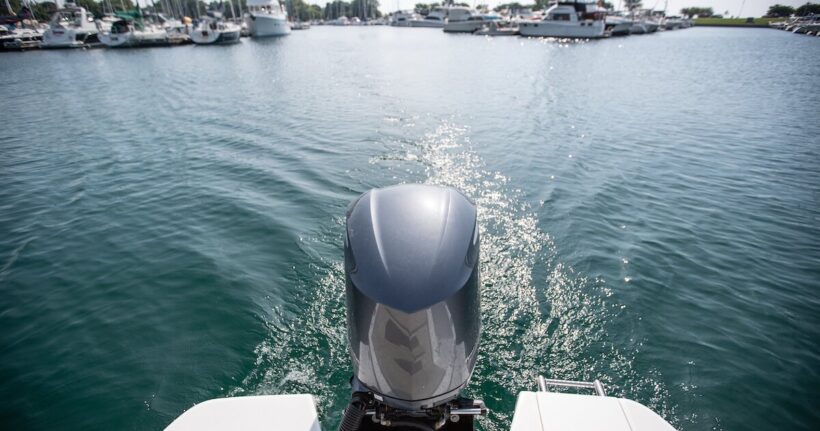
Perform some basic maintenance on your marine outboard engine before you start the winterization procedure. Look for any obvious evidence of wear or damage on the engine, and replace any worn-out components. Before storing, make sure the engine is in top shape by changing the oil and oil filter.
Flushing the Cooling System
To remove any salt, dirt, or pollutants from the cooling channels, the cooling system must be flushed. Use a water cleaning attachment to connect the hose to the engine’s water intake. After at least 10 minutes, start the engine and let fresh water to flush any impurities from the system.
Stabilizing the Fuel System
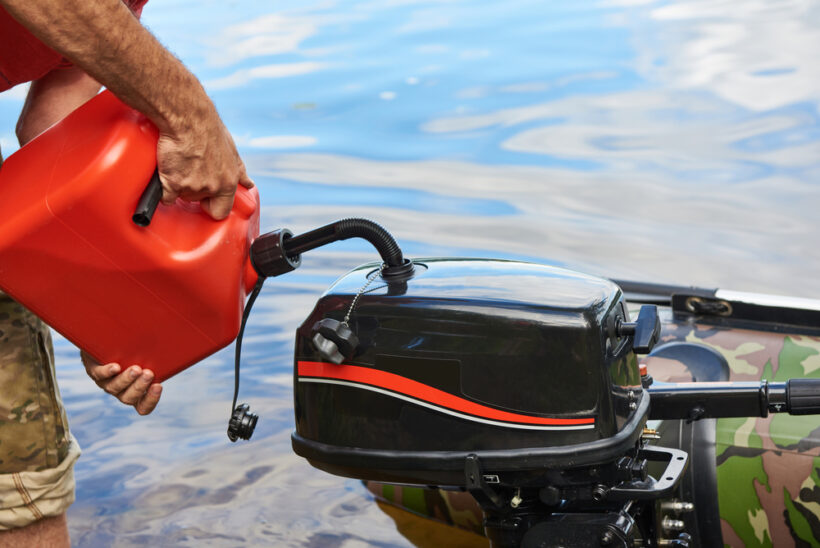
To stop your gasoline from degrading while in storage, you must treat it with a stabiliser. Stabilisers aid in preventing the growth of varnishes and gums that can block carburetors and fuel lines. For guidance on how much stabiliser to put to your gasoline tank, refer to the directions on the stabilizer’s container. To guarantee that the stabilised gasoline reaches the fuel lines and carburettor, run the engine for a few minutes.
Fogging the engine
When an engine is fogged, fogging oil is injected into the combustion chamber to coat the internals and stop corrosion. To accomplish this, take out the spark plugs and inject each cylinder with the necessary quantity of fogging oil. To uniformly spread the oil, crank the engine over a few times slowly. Upon completion of the fogging procedure, reinstall the spark plugs.
Changing Lower Unit Gear Oil
The gears and bearings in the gearcase are lubricated by the lower unit gear oil. Drain the used gear oil and add new oil before storage. Examine the drained oil for any indications of metal fragments or water contamination since these might point to possible gearcase problems.
Lubricating Moving Parts
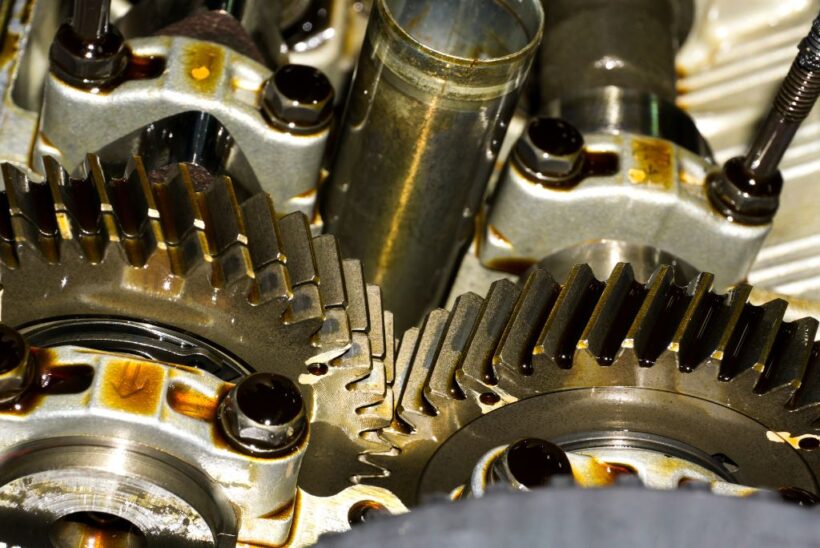
To stop rust and corrosion, lubrication must be applied to moving elements including the steering wheel, throttle, and shift cables. When you remove your boat from storage, lubricate all necessary places following the manufacturer’s recommendations to guarantee smooth operation.
Using Antifreeze
You might need to apply antifreeze to shield your engine from subfreezing temperatures, depending on the environment in your area. Use a marine-specific antifreeze that is non-toxic and appropriate for your engine type. Connect the antifreeze to the water intake while the engine is running, and let it flow through the cooling system to protect any exposed surfaces.
Cleaning and Covering
Give your boat a thorough cleaning, getting rid of any filth, grime, or salt buildup, before putting it away. To avoid moisture-related damage during storage, thoroughly dry the engine and all outside surfaces. To protect your boat from the weather and reduce exposure to the sun, cover it with a suitable, breathable boat cover.
A critical step to save your investment and maintain the longevity of your marine outboard motor is to winterize it. You can protect your engine from potential harm brought on by cold temperatures, rust, and deteriorating gasoline by carefully following the detailed instructions provided in this article. In addition to saving you from expensive repairs, proper winterization will guarantee that your boat is prepared for the water when the boating season resumes. When winterizing your engine, keep in mind to refer to the user handbook to review any particular manufacturer suggestions and instructions.

